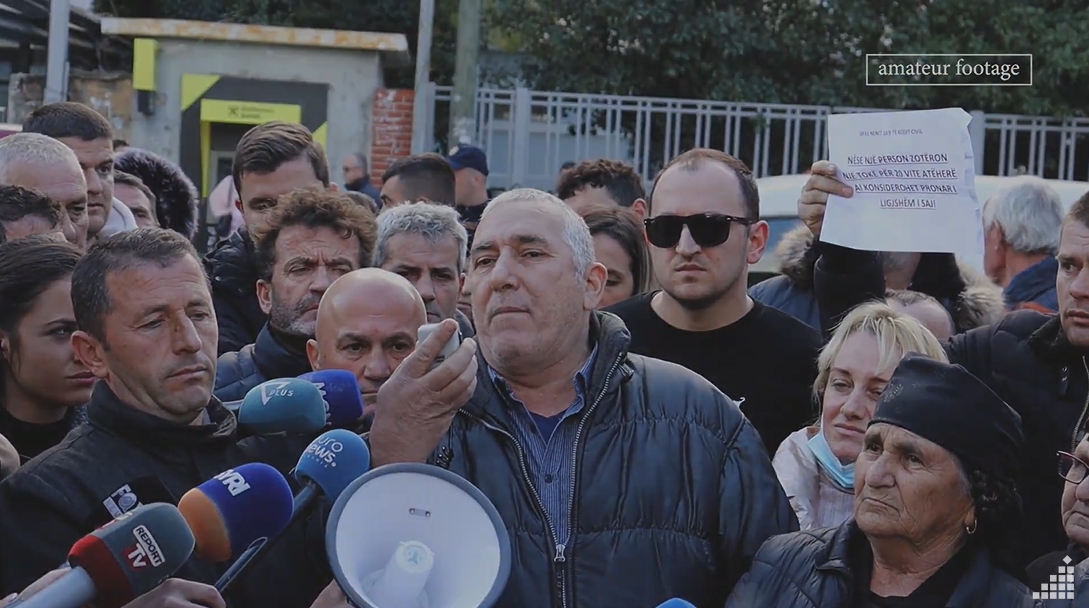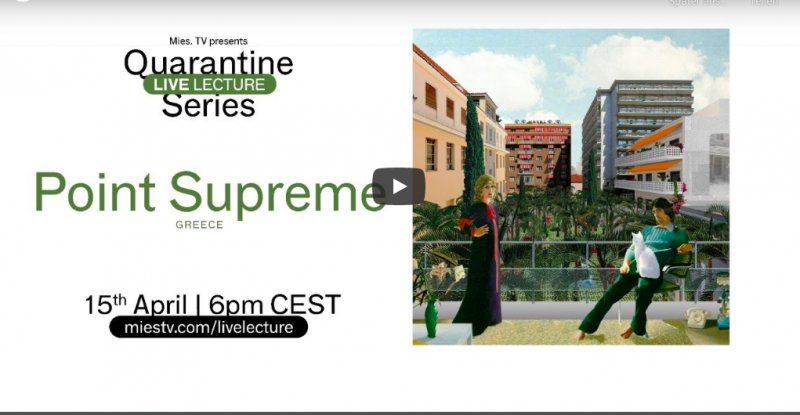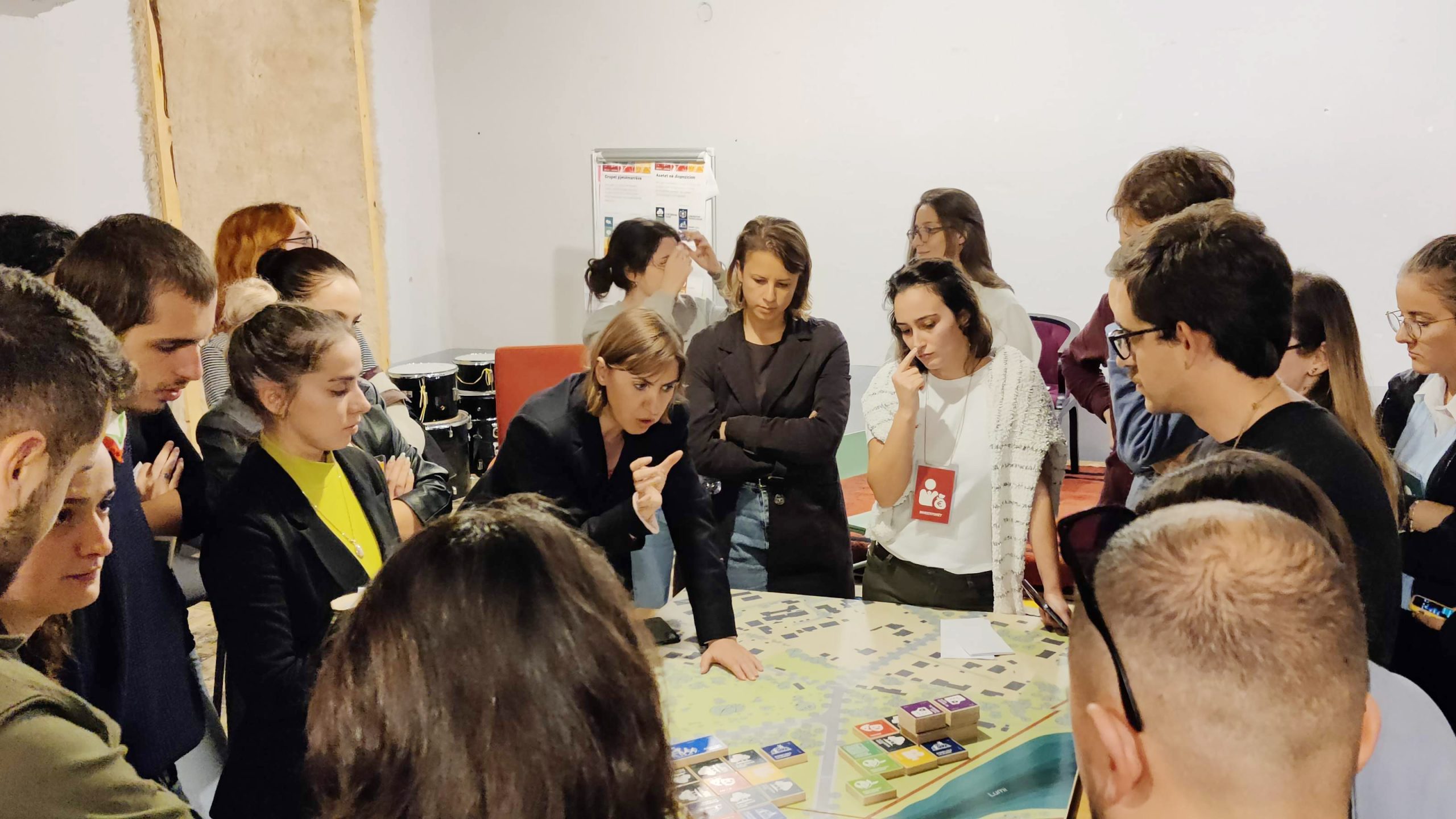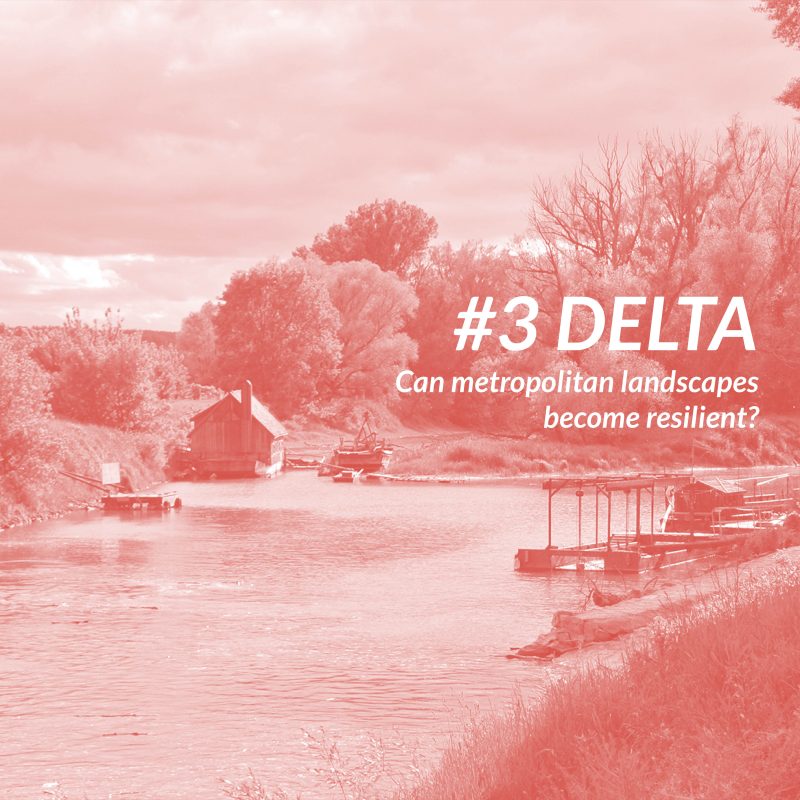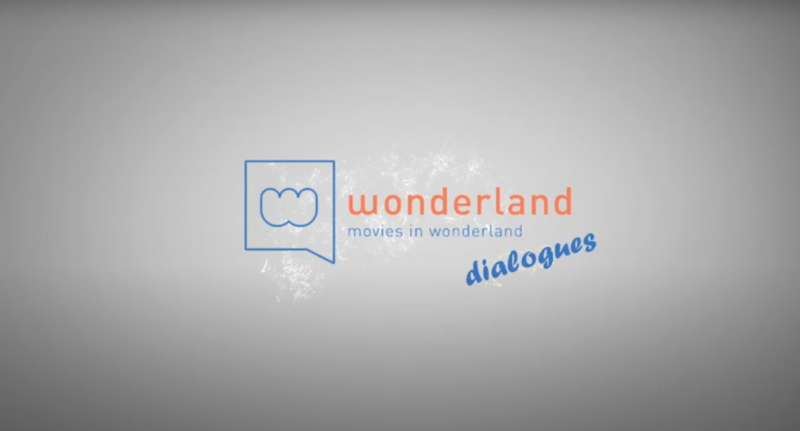Posted on: 13th June 2023
What is Spatial Justice?
Equitable Distribution of Resources, Opportunities, and Burdens
People living in peripheral areas along the Western Balkan generally are exposed to poverty, pollution, and social inequality. Other relevant issues include unplanned settlement, squatter settlement or popular settlement which explains the occupation by low-income households. Youth in peripheral areas are highly vulnerable to lacking appropriate education and less opportunity for employment. Yet young residents in these communities are also one of the least represented populations in planning and community development processes. Youth living in peripheral areas are lacking the capacities to address to the public institutions their needs and the motivation to change. Still youth are not well connected with each other and in most cases unable to mobilize to bring a change to their neighborhood/environment.
Empowering Youth for Change The aim of the project:
To address the needs of the social groups the project “Spatial Justice” aims to gather in a period of 24 months, with 6 partners from EU and Western Balkan countries, information on good practices and to develop tools to address the local challenges. The overall goal of the project is engaging, empowering and enabling youth, to lead sustainable actions in the process of transformation of peripheral areas into livable areas through sharing good practices, innovative tools, and methods.
Duration: 1. 1. 2022 – 31. 12. 2023
Project reference: 101051996-ERASMUS-YOUTH-2021-CB
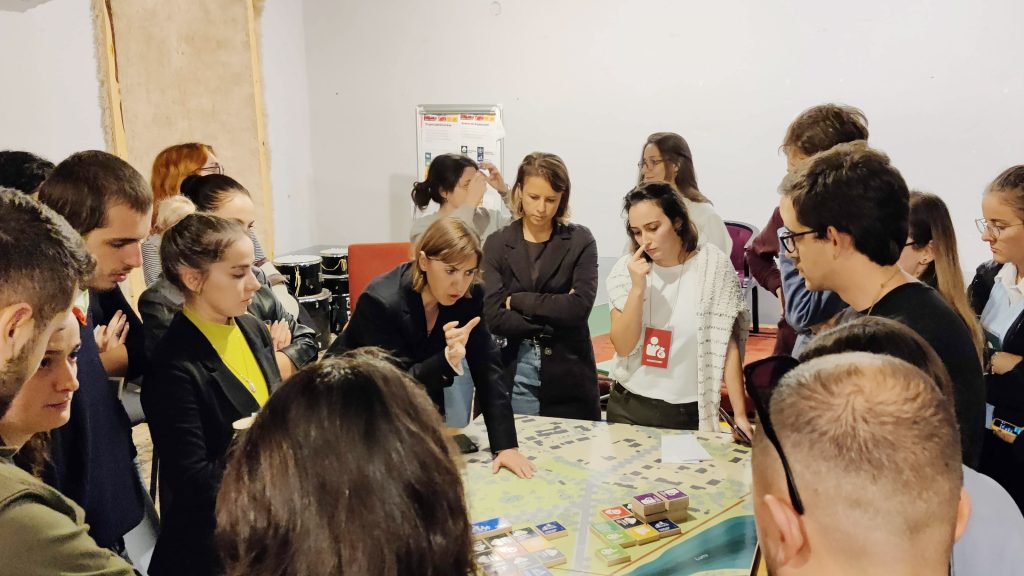
© Liridona Ura / G02
Methodological approach
Key Activities
Research Report and Best Practices:
- Conducted a research report highlighting best practices, including the Creative Cluster in Vienna.
- Examples in which forms of spatial justice are already being practised.
International Training:
- Trained young urban advisors from Austria, Albania, Slovenia, Bosnia and Herzegovina, and Montenegro.
- Focus areas: urban design, peripheral area revitalization, advocacy, and participation.
- Utilized non-formal training methods, study visits, and exchange of best practices.
- Enabled trainees to lead local events and trainings in their respective countries.
“Right to the City” Game:
- A game was developed to activate communities, especially young people, and enable them to participate in planning processes.
- Explored urban interventions and design solutions in different partner countries.
E-Learning Platform and Films:
- We launched an e-learning platform offering self-learning educational resources in local languages and English.
- Production of five films presenting best practices in the field of spatial justice.
- Featured lessons and examples from Austria, Slovenia, Bosnia and Herzegovina, Montenegro, and Albania.
Local Activation
- Local training organised by students of the CEU and the TU-Vienna: visiting best practices and rethinking urban developement in the context of “Neu Leopoldau”
- Movie Night with the topic of street activation
- “Blind walk” together with “Salefueralle”, experiencing Spatial barriers for blind people together with the youth
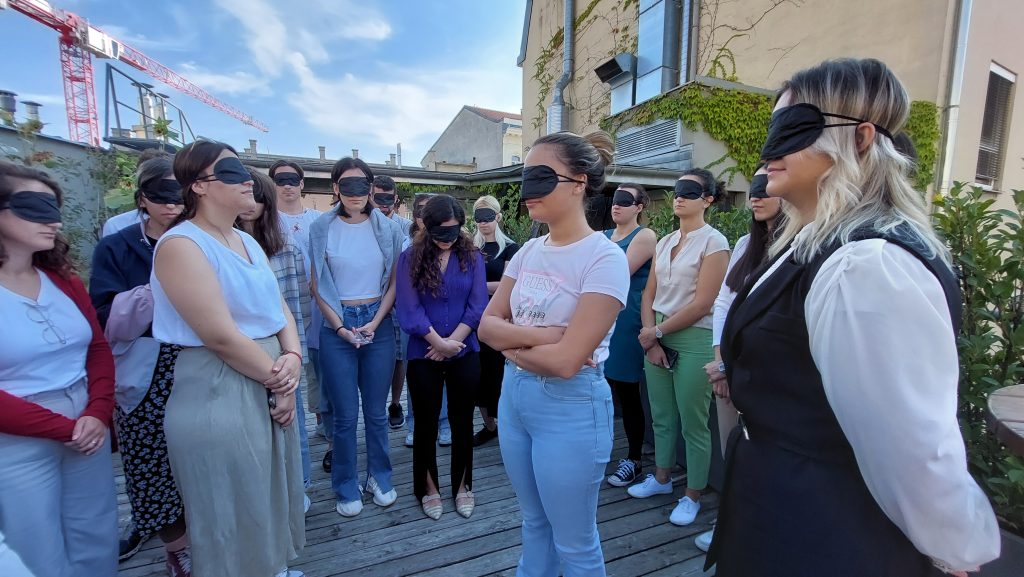
Get in touch with us if you want to participate in the project!
There are lots of interesting ways to engage in Spatial Justice.
Coordinator: Wonderland (AT)
Project Partner:
Step Institut (SVN)
REIC (BIH)
NOVI HORIZON (MNE)
G02 (ALB)
ETMI (ALB)

